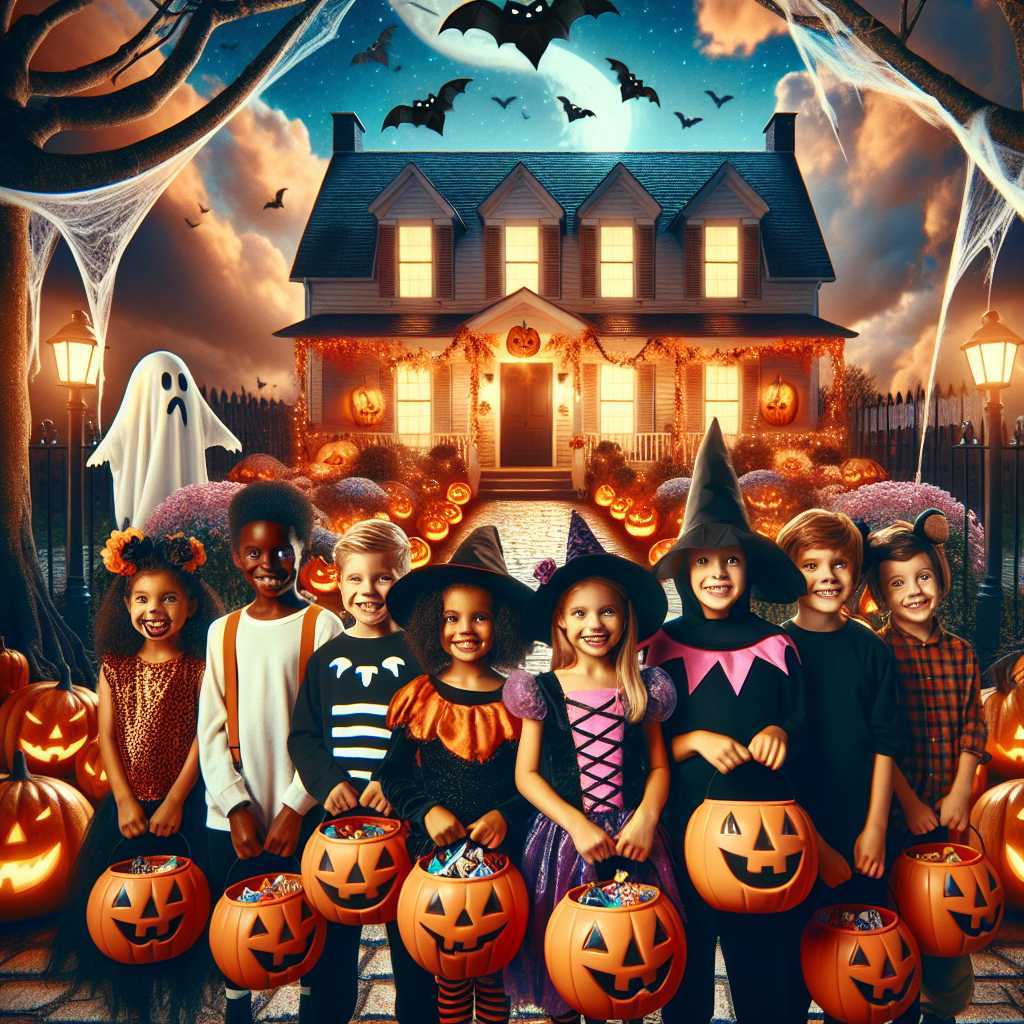The Tradition and Evolution of Trick-or-Treating: A Deep Dive into the Halloween Festivity
Trick-or-treating has become synonymous with Halloween celebrations in various parts of the world. This time-honored tradition involves children dressing in costumes and going from house to house, asking for treats such as candy with the phrase “Trick or treat?” The practice has evolved over decades and is deeply rooted in history, shaped by various cultures and customs.
Origins of Trick-or-Treating: An Ancient Practice with Modern Twists
The historical origins of trick-or-treating can be traced back to ancient Celtic festivals, particularly Samhain, which celebrated the end of the harvest season and welcomed in the “darker half” of the year. It was believed that on this night, spirits could cross over into the world of the living. People would leave food and drink outside to appease the spirits.
As Christianity spread throughout Europe, old traditions merged with Christian customs. All Souls’ Day, a Christian holiday honoring the deceased, was established on November 2nd. Celebrations often included “souling,” where people would visit homes and receive food in exchange for prayers for the dead.
Evolution Into Modern Day Celebration: From Europe to America
The practice developed uniquely across Britain and Ireland, incorporating mumming and guising, where people went door-to-door in disguise, performing in exchange for food or money.
These customs migrated to America with European immigrants in the 19th century but did not become widespread until the 20th century. Halloween became commercialized in the United States by the 1950s, influenced partly by Halloween-themed Disney cartoons and characters. Trick-or-treating was reinforced as a community-oriented event due to its non-threatening reputation as a safer way for kids to celebrate Halloween.
Contemporary Practices and Variations: Trick-or-Treating Today
In today’s world, trick-or-treating has become more standardized, with children often visiting neighborhoods dressed in costumes ranging from ghoulish figures to contemporary pop culture icons. Homeowners decorate their houses with spooky themes and carve pumpkins into jack-o’-lanterns. Candy has become the default treat, though some opt for healthier or non-food related alternatives.
Safety during trick-or-treating has become a prime concern for participants. Parents typically escort young children, and communities sometimes arrange set hours for trick-or-treating to ensure a secure environment. Additionally, awareness campaigns remind homeowners to provide allergen-free treats and inclusive options for children who might have special dietary requirements or disabilities.
Cultural Significance and Criticisms: Reflections on a Popular Custom
As much as trick-or-treat is ingrained in popular culture, it’s essential to recognize that it doesn’t carry the same meaning or level of engagement everywhere. In certain places around the world, different variations exist or alternative celebrations take precedence.
Furthermore, social critiques of trick-or-treating sometimes surface, highlighting issues around cultural sensitivities regarding costumes or the social pressure some families might feel to participate despite economic hardships.
Alternatives and Responsible Celebrations: Advancing Into an Inclusive Future
Some communities have opened up their festivities to include trunk-or-treat events where participants gather in parking lots with car trunks decorated for Halloween. These events can provide a controlled environment that can accommodate individuals with various needs.
Educational campaigns also promote inclusive festivities by advocating respectful costume choices and by taking part in various initiatives like the Teal Pumpkin Project for allergy-friendly treats.
